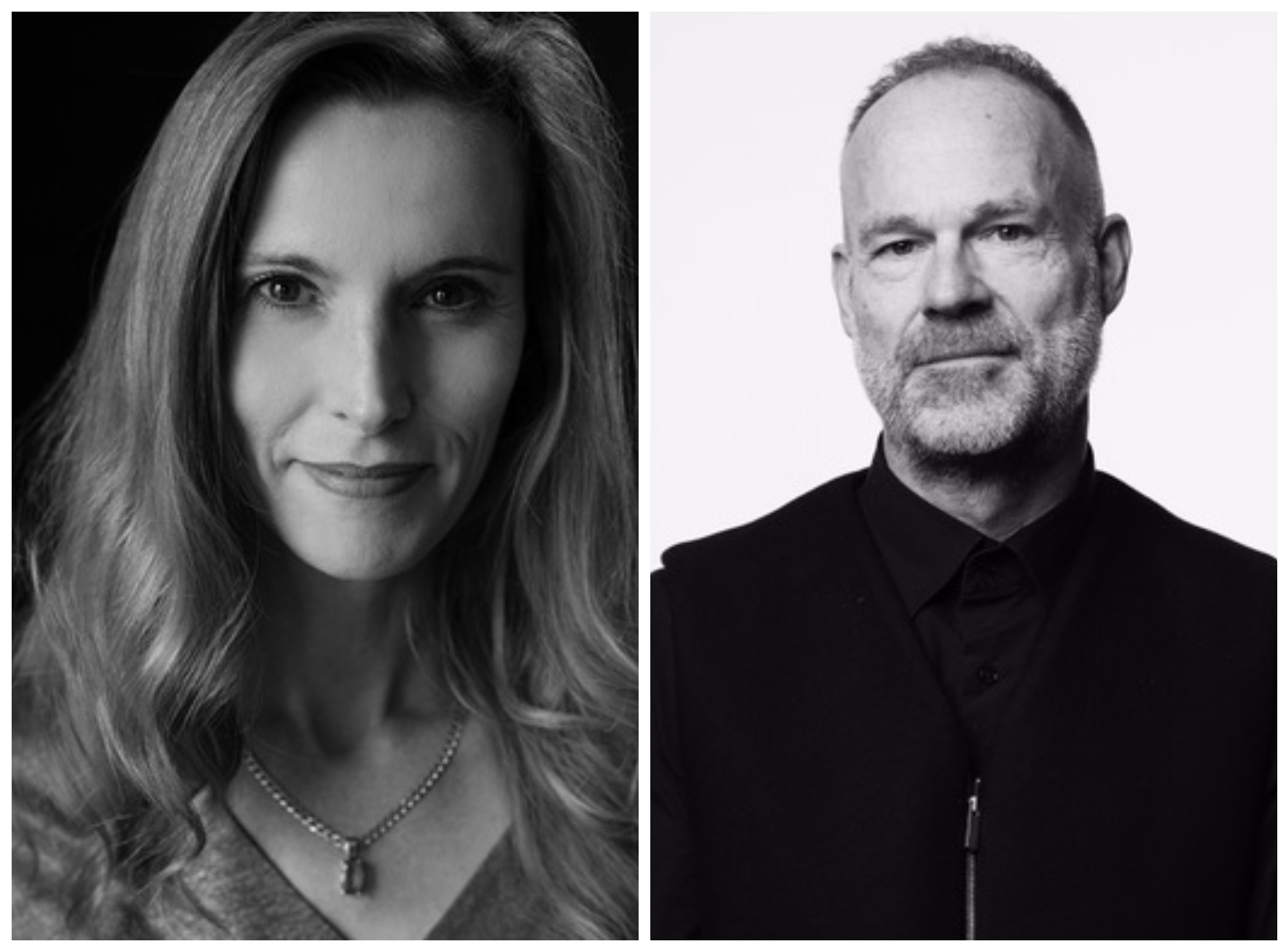ADFEST Q&A with Squeak E. Clean’s Karla Henwood and MassiveMusic’s Ralph van Dijk: Behind the rise and rise of audio ads and sonic branding

Sound is coming to the fore in advertising, a surge promoted by the popularity of podcasts, Spotify and Audible and underpinned by a revival of sonic branding’s ability to make an impact even in the clutter of advertising today. Two sound and music powerhouses Squeak E. Clean Studios and MassiveMusic have travelled to ADFEST to present their insights in speaker sessions. In this first of two interviews Karla Henwood, Executive Creative Producer of Squeak E. Clean Studios Australia and Ralph van Dijk, Director of Music & Brands for APAC at MassiveMusic and Creative Director and Founder of Eardrum, explain the powers and ingredients for success of audio advertising and sonic branding.
Audio ads are back in the limelight (Thank you podcasts, Spotify, Audible). What do you think are the most important ingredients of successful audio advertising?
Karla Henwwod: Storytelling has always been key to audio-listener engagement, and writing audio-only scripts is a different skill–so too is the engineering craft to produce them. People are time-poor and always multitasking so listening to content while working or cleaning or just on the go has made audio come to. I think there is still plenty of room for creatives and brands to think more strategically about how they can target audiences specifically through audio-driven communication ideas. Also brands without a Sonic Logo or any audio branding miss another opportunity to connect to audiences and be heard.
Ralph van Dijk: From an Eardrum point of view because this business specialises in audio marketing:
Consider the Context:
One of the most important lessons for us was to understand how listeners listen. For example, radio listeners are constantly zoning in and out of the content so our ads need to cut through the ad break clutter with an intriguing intro and large degree of entertainment and mental imagery. But in a podcast environment, the listener is highly engaged so the key consideration is to be sympathetic to the tone of the show content. Typically, this means adopting a more relaxed, conversational and sophisticated tone. If the voices are too projected and inauthentic and the script condescending, your ad will do more damage than good.
Make the Listener the Co-Author:
Audio ads have the potential to engage and involved your audience more than any other medium. If you use sound effects and authentic characters to evoke vivid mental pictures in the listener’s mind, your ad will achieve the most impact and be remembered long after the ad break.
Relevant Cleverness:
All ads need to be engaging, but obscure concepts are less effective in audio. With no pack shot or end frame to tie everything back to the product, your concept needs to be directly linked to the product or benefit. Otherwise, your ad may be remembered for the wrong reasons.
Consistency:
Listeners are habitual. They usually listen to the same shows at the same time on at the same days of the week. Create a distinctive framework and use it consistently so your brand becomes an instantly recognisable part of their daily routine.
Sonic branding, although still in its infancy, is thriving. What powers does sound have?
Karla Henwood: Well, Sonic Branding has been around for ages, and has always played a powerful role in a majority of big brand successes, from McDonalds, to Intel, to Skype’s clever utilisation of skumorphism to ‘own’ the bubble sound to emulate the speech bubble. The sharp rise in home speakers, podcasts and streaming platforms have certainly brought it heavily back into vogue and built its presence as brands absolutely need to stay relevant and ensure a presence across all customer touch points. Cutting through the noise in this oversaturated era of endless content, you need to know how the brain processes information, sound, and what makes certain audio stick -be it in spoken audio or a jingle that becomes a cultural staple.
Many brands are undergoing a “sonic branding” or re-branding moment and asking themselves, and companies like Squeak E. Clean Studios, what speaks to their brand motif without contributing to an advertising cacophony. We constantly work with neuroscience experts to combine creativity, science & psychology to determine which sounds are sticky, which represent the desired brands pillars and how to best ensure long-lasting success with audio advertising. To deduce the power of sound, just ask yourself what McDonald’s sounds like, for example. Most people know the answer. Good sonic branding works for an ad. Great sonic branding becomes as much your identity as your logo and sticks in the minds of listeners and customers like an earworm.
Ralph van Dijk: What we hear alerts us, communicates to us, moves us emotionally, and evokes strong memories. The concept of a brand having a sound is something that is relatively new in the timeline of marketing & advertising, but brands using sound in their communications has been there since day one. We now just have a more streamlined, consistent & purposeful approach now which many brands have seen the benefits of, and others are now jumping on board to reap those same benefits.
Brands show up in so many places today, and having a consistent strategic approach to sound and music will help unite communications and aid attribution. People make both conscious and unconscious decisions on how they feel about a brand based on what they hear, and associate that directly with the brands personality & values.
Also having clear sonic guidelines makes it easier to sense check music/voice/sound options, providing a north star for creatives and marketers to guide creative decisions and remove some of the subjectivity.
